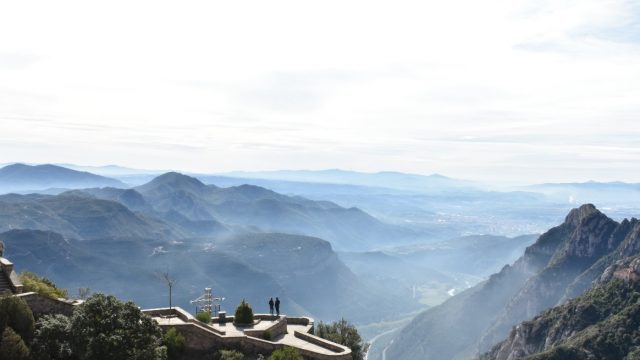Ten Great Gardens of Europe
Published on May 18, 2021
Ten Great Gardens of Europe By Audley Travel From formal palace grounds with meticulously trimmed box hedges and Renaissance statuary to dreamy bucolic landscapes dotted with drifts of hollyhocks and roses, Europe is home to a wild variety of gardens. Here, we’ve compiled a list of ten excellent options you can add to a European […]
Keep readingA Guide to Sunny SouthWest Germany
Published on May 13, 2021
A Guide to Sunny SouthWest Germany By Terry Dale, President & CEO of USTOA With ancient art caves, rolling green valleys, and vibrant cities, the lively region of SouthWest Germany offers a varied treasure trove of experiences for visitors. There is a wealth of luxury, culinary, and wellness opportunities for travelers who want to visit […]
Keep readingTravel Expert Terry Dale Chronicles His Trip to Turkey
Published on May 11, 2021
Travel Expert Terry Dale Chronicles His Trip to Turkey What it’s really like to travel internationally in the age of COVID-19 By Terry Dale, President & CEO of the United States Tour Operators Association (USTOA) If there is one lesson I learned from my recent travels to Turkey, it’s that the value of tour operators […]
Keep readingWhy the Green Season is Great in Africa
Published on April 28, 2021
Why the Green Season is Great in Africa By Lion World Travel We are letting you in on a safari secret – the Green Season! If you have no idea what the Green Season is, that is ok, Lion World Travel will fill you in. Suffice to say, if you have been wanting to get the best value […]
Keep readingA Taste of Southern Cooking
Published on April 21, 2021
A Taste of Southern Cooking Hospitality on a Plate By Cindy Clarke, senior travel writer for Tauck Culturally diverse with a storied history that speaks volumes about the people who created it, southern cooking is best described as “hospitality on a plate” alluding to the abundance of comfort food you’ll find on menus in Savannah […]
Keep readingCelebrating Women’s Month: Top female-led experiences with Contiki Cares
Published on March 19, 2021
Celebrating Women’s Month: Top female-led experiences with Contiki Cares By Contiki Contiki is the world’s leading youth travel company, offering over 350 annual trips for 18-35s, and bringing together travelers from all corners of the globe to discover new cultures and a little part of themselves along the way. At Contiki, we believe firmly in […]
Keep readingVote for a Chance to Win a Trip for Two in the USTOA Bucket List Travel Bracket Sweepstakes
Published on March 11, 2021
Vote for a Chance to Win a Trip for Two in the USTOA Bucket List Travel Bracket Sweepstakes Entrants Vote on Bucket List Travel Experiences in Nearly 40 Destinations for the Chance to Win a Trip for Two with a USTOA Tour Operator Member USTOA has launched the USTOA Bucket List Travel Bracket Sweepstakes where travelers will have the opportunity to vote daily through March 31, 2021 on the […]
Keep reading
5 Sustainable Ways to Explore the Great Outdoors of Spain
Published on January 4, 2021
Spain is an outdoor enthusiast’s dream, with 15 national parks, 52 biosphere reserves, 40 designated natural spaces, 15 geoparks, and dozens of starlight reserves. It is a destination that offers sustainable tourism experiences, where travelers can be confident that they are traveling to protected areas and preserving the natural habitat. The landscapes themselves vary from […]
Keep reading
How to Visit the Picturesque Small White Villages of Spain
Published on January 4, 2021
Along Spain’s southern coast is the large region of Andalusia, made up of eight provinces with Seville as the capital city. Two of these provinces, Malaga and Cadiz, are famed for the prettiest historic architecture: Pueblos Blancos, translated to White Villages. Here are the most picturesque places to go in each area. Malaga The city […]
Keep reading
Off-the-Beaten Path in the Lush ‘Green’ Spain Region
Published on January 4, 2021
Green Spain is a region in Northern Spain that earned its name for its dense forests, lush pastures, and wet, temperate oceanic climate. Stretching along the Atlantic coast between the borders of Portugal and France, vibrant cities line the green coast. Four autonomous communities make up the Green Spain region, which include Galicia, Asturias, Cantabria […]
Keep reading
